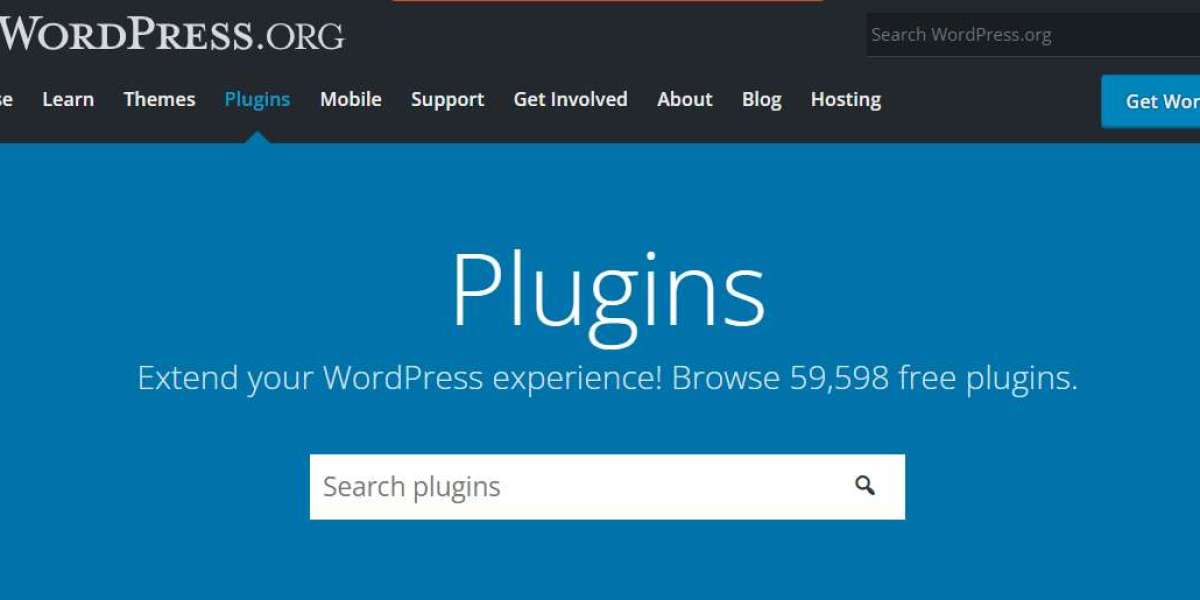When it comes to healthcare services, one often overlooked but essential aspect is non emergency medical transport. Whether you are a patient requiring transportation to and from doctor's appointments, hospital visits, or rehabilitation facilities, NEMT services can make a significant difference in ensuring timely and safe travel. But one important consideration many people have when choosing these services is the cost of non-emergency medical transport. Let’s take a closer look at the factors that influence the cost and how you can make informed decisions for your transportation needs.
What is Non-Emergency Medical Transport?
Non-emergency medical transport refers to services that assist individuals who require transportation to medical appointments or facilities but do not need emergency medical attention. These services are designed for patients with conditions such as chronic illnesses, disabilities, or those recovering from surgeries, who cannot use regular public transportation or personal vehicles.
Non-emergency medical transport can include vehicles such as wheelchair vans, ambulatory transport, or stretcher transportation. The primary goal is to provide a safe and comfortable journey for those in need of medical care without being in an emergency situation.
Factors Influencing the Cost of Non-Emergency Medical Transport
Several variables can affect the cost of non-emergency medical transport. These factors often depend on the specifics of the service, the distance traveled, and the level of medical assistance needed.
1. Type of Transport Needed
The most significant factor influencing the cost of wheelchair transport service is the type of vehicle required for the journey. For example:
- Wheelchair vans tend to be less expensive than stretcher transport vehicles, as they don't require as much specialized equipment.
- If you need an ambulance-like vehicle with advanced medical equipment and personnel, the cost will be higher.
2. Distance Traveled
The distance from the pickup point to the destination is another crucial factor. Longer trips often incur higher fees because of the additional fuel costs, labor, and time required for the journey. Many providers charge a base rate for short trips and then apply an additional charge per mile for longer distances.
3. Level of Care and Medical Assistance
The level of medical care required during the transport can also impact the price. Some patients might need a transport service with medical personnel onboard, such as a nurse or EMT, to monitor their condition throughout the trip. This type of service can be considerably more expensive than a simple ride to the doctor’s office.
4. Time and Scheduling
Timing can also influence the cost of non-emergency medical transport. If you need a transport service during peak hours, such as mornings or evenings, you might encounter higher rates. Additionally, same-day bookings or emergency scheduling often come with extra charges compared to standard bookings made in advance.
5. Insurance Coverage
Many insurance plans cover tampa transportation services particularly for patients with Medicaid or Medicare. It is essential to check with your insurance provider to understand your eligibility and what services are covered. Some plans will cover the entire cost, while others may cover only a portion.
How to Book Non-Emergency Medical Transport
Booking non-emergency medical transport is often straightforward, but there are a few essential steps to follow. Here's how you can get started:
- Find a Reputable Provider – Research and select a transport company that offers non-emergency medical transport in your area.
- Confirm the Type of Vehicle – Based on your needs, confirm the type of transport required (wheelchair accessible, stretcher transport, etc.).
- Check Insurance – Verify with the provider if your insurance covers the service, or ask about pricing if you need to pay out of pocket.
- Schedule in Advance – To ensure availability and lower costs, try to schedule your transport as early as possible.
- Book Now – Once you’ve confirmed all the details, it’s time to book now and ensure that your transport needs are arranged ahead of time.
FAQ: Cost of Non-Emergency Medical Transport
1. How much does non-emergency medical transport cost?
The cost of non-emergency medical transport can range from $50 to $500 per trip, depending on factors like the type of vehicle, distance, and level of care needed. For longer trips or more complex medical needs, the price can be higher.
2. Will insurance cover the cost of non-emergency medical transport?
Many insurance plans, including Medicaid and Medicare, cover some or all of the cost for non-emergency medical transport. However, the extent of coverage varies depending on the plan, so it’s important to confirm with your provider.
3. How can I reduce the cost of non-emergency medical transport?
To reduce costs, consider scheduling your transport in advance, comparing prices from multiple providers, and checking if your insurance covers the service.
4. What types of vehicles are used for non-emergency medical transport?
Non-emergency medical transport typically includes wheelchair vans, ambulatory transport vehicles, and stretcher vehicles, depending on the patient’s needs.
5. Is it possible to book non-emergency medical transport online?
Yes, many transport companies allow you to book now through their website or by calling their service hotline.
Understanding the cost of non-emergency medical transport and the factors involved in pricing can help you make an informed decision when selecting a transport provider. Always ensure that your transportation needs are met safely, comfortably, and affordably.








